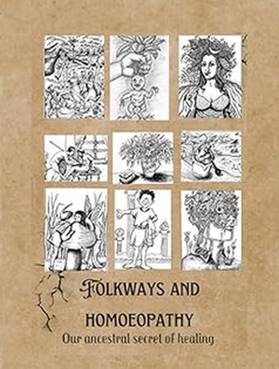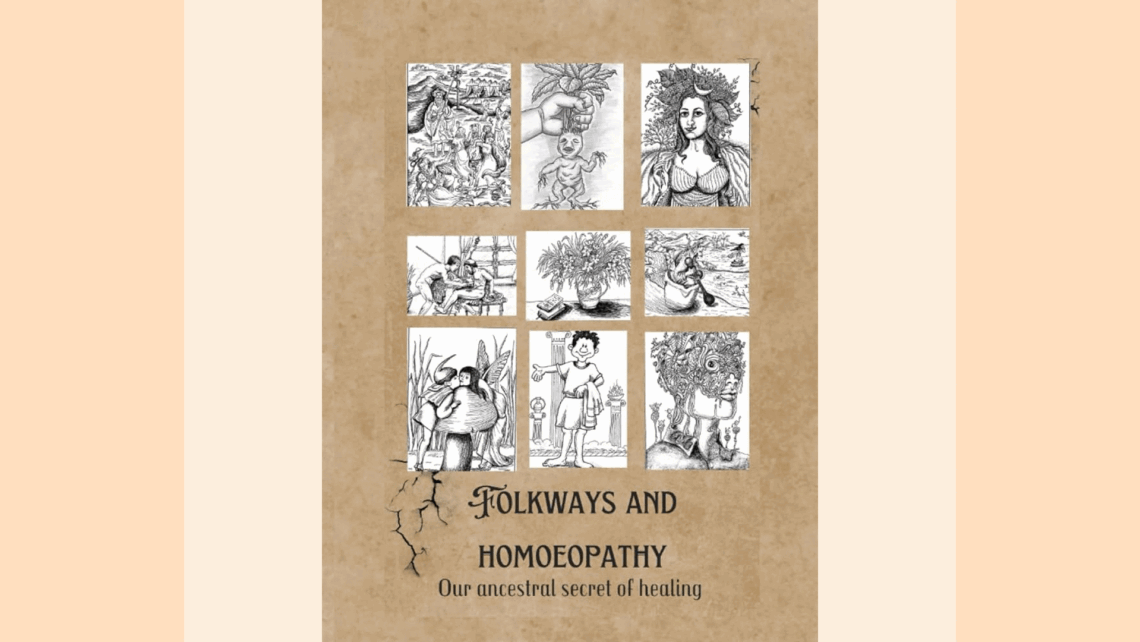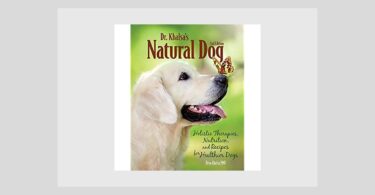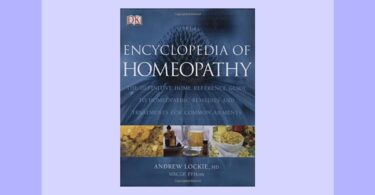Title: Folkways And Homeopathy, Our Ancestral Secret of Healing
Author: Shailendra R Vaishampayan
Publisher: Self-published at Amazon KDP, 2022
Black and white, 181 pages.
Reviewer: Vatsala Sperling

If you ever imagined homeopathy as born in a sterile laboratory, you will be soon changing your view after reading Dr. Shailendra R Vaishampayan’s book, “Folkways and Homeopathy, Our Ancestral Secret of Healing”.
Homeopathy, an art, and a science of making remedies out of substances encountered in our day-to-day life, takes the historical, cultural, and mythological aspects of these substances to heart, as it elicits the remedy portrait that mirrors the human archetypes we encounter in our practice.
The fundamental homeopathic principle “Like cures like” resonates universally in literature, mythology, mysticism, religion, and art. We can take comfort in the fact that the very basic tenet of homeopathy is a part of everything else that creates the fabric of human experience.
It would be hard to imagine a culture without the interplay of literature, myth, mysticism, and art. Homeopathy draws from the very fountain of these expressions of human experiences and by extension, homeopathy as a healing art and science is as close to being organic and natural as possible.
Could it be because at the very heart of homeopathy lays a belief that every substance in our world possess the ability to influence the delicate tapestry of body, mind, and spirit? Let us read this book and find out.
After walking us through the basic concepts in homeopathy, Dr. Vaishampayan, the author, expresses his views on modern medicine, and ventures into exploring myths and legends, magic witches and healers, doctrine of signature, mineral baths and spring waters, wildflowers, and gardens, and finally mushrooms and the magical mysteries. In each of these sections, he gives examples and describes the homeopathic remedy as it connects with the theme of the section.
The section on myths and legends is woven around the idea that mythological heroes have been venerated in every culture since the dawn of human civilization. The essence of homeopathic remedies can be discerned while it is intertwined intricately with the mythology and folk tradition.
Example: Hercules, a hero in Greek mythology bore a hound as his son. The venomous droplets of the hound’s spit fell to the ground and in those spots Monk’s hood, Aconite plant sprung forth. In the ancient past, extract of this plant was widely used to eliminate enemies, hunting, contaminating wells and springs.
When prepared as a homeopathic remedy, it is not toxic anymore, and it can be used for helping with perilous emergencies. The author posits that prior to advent of modern medicine, people relied exclusively on nature for healing.
Vibrant and clever cues to natural healing substances lay embedded in our myths, stories, poems, and the life story of our legendry hearos. Homeopathy has dug into this treasure-trove and come up with an effective method of preparing remedies from these natural substances known to humankind since ancient times.
Not just the mythic heroes, but also witches of the past held secret knowledge of healing potential of various herbs, stupefying agents, hallucinogens, and poisons targeting various body parts. These witches, magicians, shamans, and sorcerers had immense toxicological wisdom and deep knowledge about how to use various plants, animal parts, as well as minerals for healing work they did in their communities. Poison hemlock, Hyoscyamus, Ophiglossum, poisonous and edible members of Solanaceae, moonwort, elderberry, and mephitis are described in this chapter as examples.
In the section on doctrine of signatures, very wisely the author reminds us that Hahnemann included anything into his list of medicinal substance (remedies) only after proving the diluted and succussed substance on healthy subjects, and eliciting symptoms that could be healed by a medicinal substance prepared by dilution and succussion. Hahnemann warns us that doctrine of signature, though relied upon heavily in prior centuries, can be a very precarious pursuit.
The medicinal properties of water from ancient bathing spots are well known. Since ancient times, people have considered oceans, rivers, lakes, wells, and springs as source of healing energy. Carlsbad, Sanicula, and Skookum Chuck are homeopathic remedies from these healing waters, and the author explores the application of Skookum Chuck particularly for cleansing the long-term effect of drugs, addictive substances, allopathic interventions, and vaccination.
A set of remedies addressing such modern ailments, is obtained by following the trail of folklore and collective human experience going back centuries of years of using mineral baths in lakes, rivers, and springs for healing purposes.
After enjoying reading the section on magical mushrooms (example – Secale, Bovista, and Agaricus), I got the main message Dr. Vaishampayan is trying to convey in this book. While we witness the human archetype unfolding during case-taking, we gather essential life lessons, and deep insights from those whom we treat.
Our work involves not just listening to the patient’s complaints, but eventually matching it with the image of the remedy made from a natural substance. A deep awareness of the ancestral, and cultural significance of the substance as described in folklores, and myths, will help us understand our patients, their suffering, and archetype better, so that from our materia medica we can choose the best simillimum to help our patients.
Thank you, Dr. V, for writing this interesting book.






